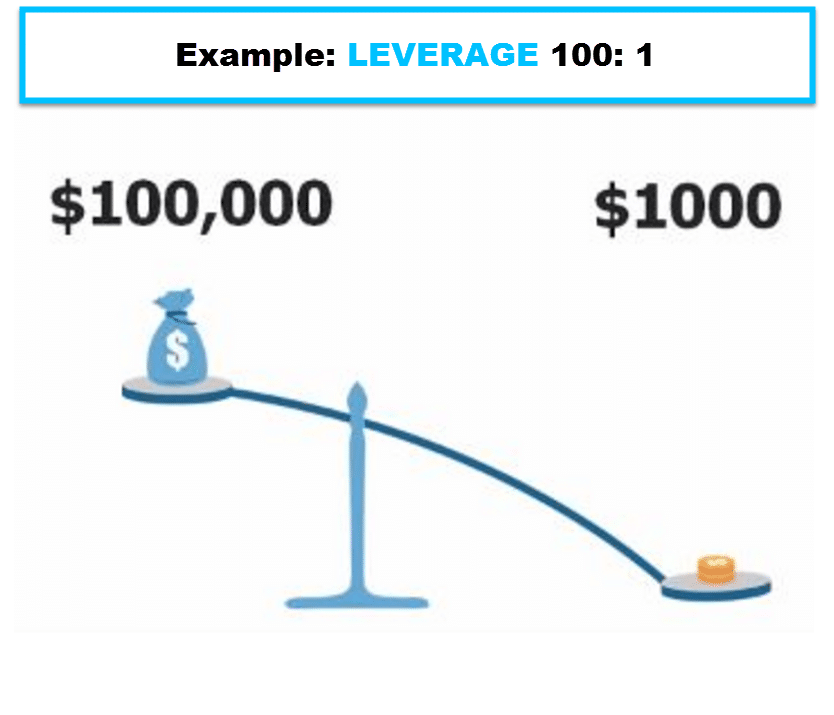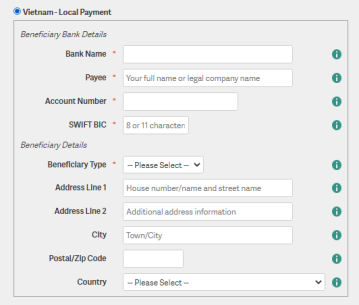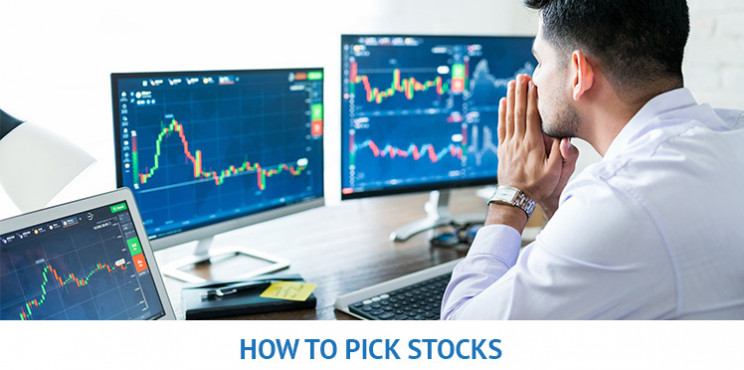
Robo Advisors, a type of automated investing service, will evaluate your risk tolerance and desired outcome. But you shouldn't rely on them. You need to be part of your portfolio monitoring. There is nothing wrong with having a robot do the investing for you, but you should also become familiar with the terms and strategies to ensure your money is in good hands. Also, you will learn more about investing in the process by becoming involved in your portfolio.
Robinhood
Robinhood is an app that automatically invests money for you on your smartphone. This app is for smartphone users. It allows you to quickly and easily invest. The app is free to download and you can follow the easy onboarding procedure. It will ask for a few personal details including your contact information, Social Security numbers, and bank account information. You will also need to select a way to fund your account, such as a credit card or bank transfer.

Stockpile
For those who are looking for an app that invests for you, Stockpile has a number of features you can enjoy. It is very easy to use. The app also has many beginner-friendly options. It is available on desktop and mobile devices and offers many of the same features. Transferring your portfolio between brokerage accounts is also possible for $75. To use Stockpile, you just need to sign up by providing your first name, email, and password, and then select a type of account.
Improvement
Betterment, an app that invests on behalf of users, is called "Betterment". To begin, you link a personal checking account to Betterment. You can transfer money to your account at any time, and you can also set up automatic deposits. The app will automatically buy exchange-traded funds based on your asset allocation, perform buy and sell trades, and apply tax-loss harvesting daily. Betterment's automated tools allow investors to make the most out of their money.
NextSeed
You can invest in startups through NextSeed as an investor. You can place up to $25,000 in the NextSeed app and keep payments made by businesses in a GoldStar Trust Company-managed account. There are no guarantees but the service is worthwhile for some investors. You're covered up to $250,000. Additionally, you should do your own research on companies before investing. NextSeed offers a variety of options, so make sure to take your time to research several companies and throw a broad net.

Tornado
Besides offering a platform for investing, Tornado allows its users to keep track of investment ideas and make recommendations based on them. Users can add any stock to a personal list and note their thoughts. The stock's pros and cons can be written down, which is shared with the whole community. To help others with their investments, they can share their lists.
FAQ
How do I begin investing and growing my money?
It is important to learn how to invest smartly. By doing this, you can avoid losing your hard-earned savings.
You can also learn how to grow food yourself. It's not nearly as hard as it might seem. You can easily grow enough vegetables and fruits for yourself or your family by using the right tools.
You don't need much space either. Make sure you get plenty of sun. You might also consider planting flowers around the house. They are very easy to care for, and they add beauty to any home.
You might also consider buying second-hand items, rather than brand new, if your goal is to save money. Used goods usually cost less, and they often last longer too.
When should you start investing?
An average person saves $2,000 each year for retirement. But, it's possible to save early enough to have enough money to enjoy a comfortable retirement. Start saving early to ensure you have enough cash when you retire.
It is important to save as much money as you can while you are working, and to continue saving even after you retire.
The sooner you start, you will achieve your goals quicker.
Consider putting aside 10% from every bonus or paycheck when you start saving. You may also invest in employer-based plans like 401(k)s.
You should contribute enough money to cover your current expenses. After that you can increase the amount of your contribution.
How long will it take to become financially self-sufficient?
It all depends on many factors. Some people become financially independent overnight. Others may take years to reach this point. It doesn't matter how long it takes to reach that point, you will always be able to say, "I am financially independent."
It's important to keep working towards this goal until you reach it.
Statistics
- If your stock drops 10% below its purchase price, you have the opportunity to sell that stock to someone else and still retain 90% of your risk capital. (investopedia.com)
- According to the Federal Reserve of St. Louis, only about half of millennials (those born from 1981-1996) are invested in the stock market. (schwab.com)
- 0.25% management fee $0 $500 Free career counseling plus loan discounts with a qualifying deposit Up to 1 year of free management with a qualifying deposit Get a $50 customer bonus when you fund your first taxable Investment Account (nerdwallet.com)
- Most banks offer CDs at a return of less than 2% per year, which is not even enough to keep up with inflation. (ruleoneinvesting.com)
External Links
How To
How to invest stock
Investing is a popular way to make money. This is also a great way to earn passive income, without having to work too hard. There are many options available if you have the capital to start investing. It is up to you to know where to look, and what to do. The following article will show you how to start investing in the stock market.
Stocks represent shares of company ownership. There are two types of stocks; common stocks and preferred stocks. Public trading of common stocks is permitted, but preferred stocks must be held privately. Shares of public companies trade on the stock exchange. They are priced according to current earnings, assets and future prospects. Stocks are bought by investors to make profits. This is known as speculation.
Three main steps are involved in stock buying. First, decide whether you want individual stocks to be bought or mutual funds. Next, decide on the type of investment vehicle. Third, decide how much money to invest.
Choose whether to buy individual stock or mutual funds
It may be more beneficial to invest in mutual funds when you're just starting out. These are professionally managed portfolios that contain several stocks. You should consider how much risk you are willing take to invest your money in mutual funds. Mutual funds can have greater risk than others. If you are new or not familiar with investing, you may be able to hold your money in low cost funds until you learn more about the markets.
If you prefer to make individual investments, you should research the companies you intend to invest in. Before you purchase any stock, make sure that the price has not increased in recent times. You don't want to purchase stock at a lower rate only to find it rising later.
Select your Investment Vehicle
After you've made a decision about whether you want individual stocks or mutual fund investments, you need to pick an investment vehicle. An investment vehicle is simply another way to manage your money. You can put your money into a bank to receive monthly interest. You could also open a brokerage account to sell individual stocks.
A self-directed IRA (Individual retirement account) can be set up, which allows you direct stock investments. Self-Directed IRAs are similar to 401(k)s, except that you can control the amount of money you contribute.
The best investment vehicle for you depends on your specific needs. You may want to diversify your portfolio or focus on one stock. Are you looking for growth potential or stability? How comfortable are you with managing your own finances?
The IRS requires all investors to have access the information they need about their accounts. To learn more about this requirement, visit www.irs.gov/investor/pubs/instructionsforindividualinvestors/index.html#id235800.
Calculate How Much Money Should be Invested
Before you can start investing, you need to determine how much of your income will be allocated to investments. You can put aside as little as 5 % or as much as 100 % of your total income. The amount you choose to allocate varies depending on your goals.
It may not be a good idea to put too much money into investments if your goal is to save enough for retirement. You might want to invest 50 percent of your income if you are planning to retire within five year.
It's important to remember that the amount of money you invest will affect your returns. So, before deciding what percentage of your income to devote to investments, think carefully about your long-term financial plans.